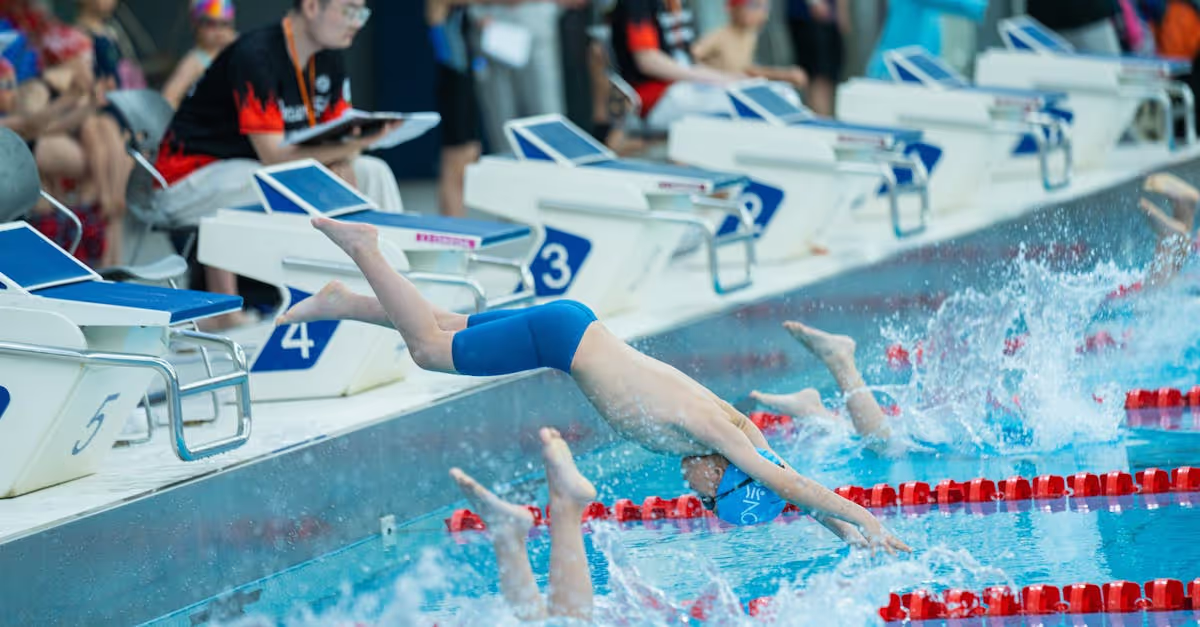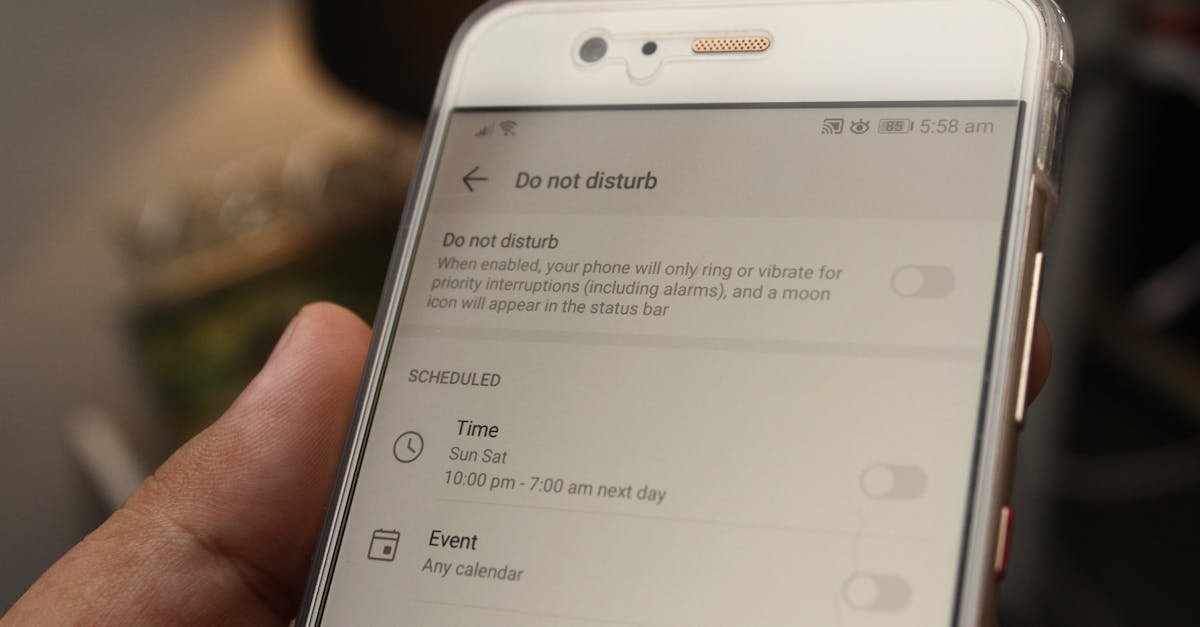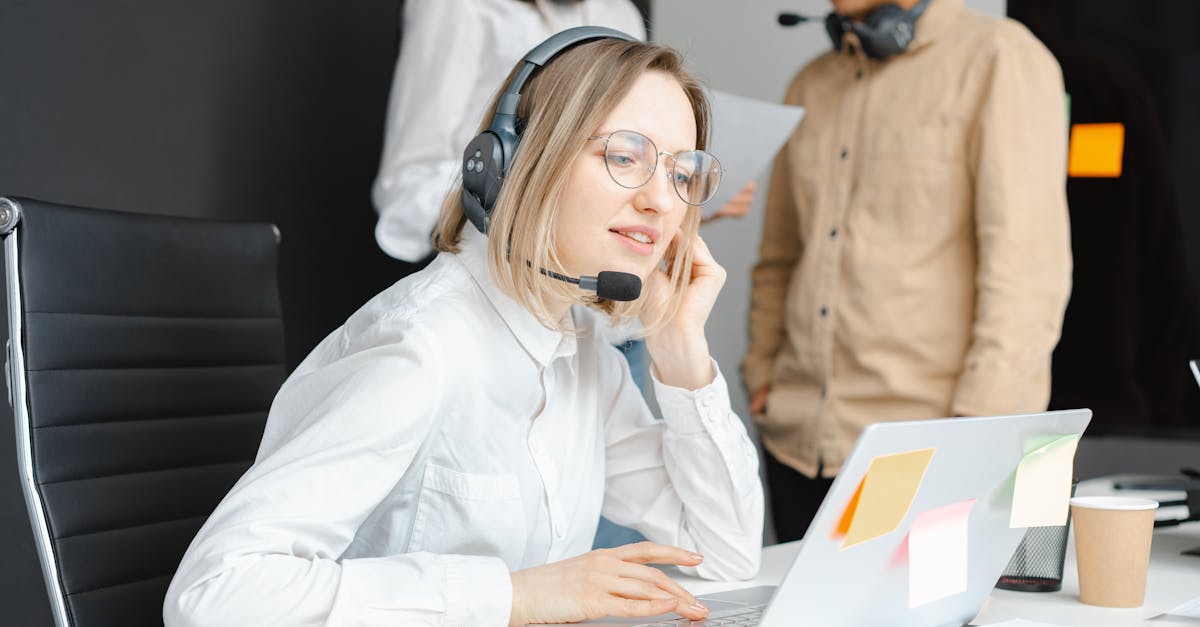Owning a pool can be a refreshing escape during hot summer days, but it also comes with its share of challenges. From murky water to equipment malfunctions, common pool problems can quickly turn a paradise into a headache. Fortunately, we can take proactive steps to prevent these issues before they arise, ensuring our pool remains a safe and enjoyable oasis.
Understanding the fundamental causes of these problems is key to effective prevention. Regular maintenance, proper chemical balance, and vigilant monitoring can save us time and money in the long run. By implementing a few simple practices, we can keep our pools in top shape and avoid the stress of costly repairs. Let's dive into the essential tips that will help us maintain a pristine swimming environment all season long.
Understanding Common Pool Problems
We address several common pool challenges, including murky water and equipment malfunctions. Understanding these issues helps us maintain a clean and enjoyable swimming environment.
Types of Pool Problems
We encounter various types of pool problems that require our attention:
- Murky Water: Cloudy or discolored water indicates potential chemical imbalances or inadequate filtration.
- Algae Growth: Green, brown, or black algae can form if chlorine levels are insufficient or sanitation processes fail.
- Equipment Malfunctions: Issues with pumps, filters, or heaters can disrupt pool function, leading to inadequate cleaning and heating.
- Chlorine Odor: A strong chlorine smell often signals an excess of chloramines, which develops from insufficient water sanitation.
- Leaks: Water loss from cracks or damaged plumbing can lead to costly repairs and increased water bills.
Causes of Pool Problems
We identify several causes that contribute to pool problems:
- Poor Water Chemistry: Unbalanced pH, alkalinity, or chlorine levels can lead to murky water and discomfort for swimmers.
- Inadequate Filtration: Insufficient filtration cycles or malfunctioning filters result in debris buildup and decreased water clarity.
- Environmental Factors: Leaves, dirt, and sun exposure can introduce contaminants that disrupt the pool's chemical balance.
- Neglecting Maintenance: Skipping regular cleaning and routine checks allows issues to go unchecked, increasing repair costs.
- Improper use of Pool Chemicals: Miscalculating dosages or using outdated products can worsen existing problems and create new ones.
By understanding the types and causes of common pool problems, we take proactive steps to prevent them and ensure the best swimming experience.
Preventive Measures
Preventive measures play a crucial role in ensuring a clean and enjoyable swimming environment. By focusing on consistent care and vigilance, we can address minor issues before they escalate into major problems.
Regular Maintenance Practices
Regular maintenance practices involve routine inspections and timely repairs to maintain pool functionality. We check for structural issues, such as cracks or leaks, ensuring prompt repairs to avoid costly fixes later. Routine servicing of equipment, including pumps, filters, and heaters, supports effective filtration and circulation. Regular cleaning of the pool surfaces and maintaining appropriate water levels enhance system efficiency, preventing clogs and damage. Consistency in these practices reduces the risk of malfunctions and ensures our pool remains safe and enjoyable.
Importance of Water Quality
Maintaining water quality requires balancing chemical levels such as pH, chlorine, alkalinity, and calcium hardness. Regular testing, ideally once or twice weekly during peak usage, allows us to make timely chemical adjustments. We can prevent bacterial growth, algae blooms, and swimmer irritation with vigilant monitoring. Quality testing kits or professional analysis ensure that the water remains safe and clear. Proper water quality protects both swimmers and pool equipment, extending the lifespan of our investment and enhancing overall experience.
Effective Communication Strategies
Effective communication is vital in fostering a safe swimming environment. It helps keep pool users informed and engaged, which prevents misunderstandings and pool-related issues.
Engaging Pool Users
Engaging pool users ensures their active participation in maintenance and safety measures. We promote education about water safety and responsible behavior through workshops and informational signage. We encourage users to report issues like leaks or equipment malfunctions, creating a sense of community responsibility. Regular reminders about personal accountability and compliance with pool rules maintain a safe and enjoyable environment for everyone.
Establishing Rules and Guidelines
Establishing clear rules and guidelines is essential in preventing accidents and maintaining cleanliness. We implement well-defined regulations regarding swimming conduct, hygiene practices, and designated pool hours. Essential rules include:
- Safety regulations: No unsupervised children, mandatory life jacket use, and prohibition of running near the pool.
- Maintenance practices: Requiring showers before swimming to minimize contaminants and respecting pool closures for cleaning.
- Water quality standards: Regularly monitoring chemical levels and pH, ensuring they remain within safe ranges to protect swimmers and equipment.
Consistent enforcement of these rules helps mitigate risks and keeps the pool environment safe for everyone.
Case Studies
Analyzing successful strategies and notable failures reveals valuable insights into preventing common pool problems. We can apply these lessons to improve maintenance practices and enhance pool safety.
Successful Preventive Approaches
- Weekly Inspections: Conducting routine inspections of water quality, equipment, and structural elements significantly decreases the likelihood of major repairs and water loss. Early detection of minor issues, such as surface cracks, can be addressed with sealants. More serious damage requires professional intervention.
- Water Chemistry Control: Maintaining pH levels between 7.2 and 7.6, along with consistent chlorine shock treatments, prevents frequent algae problems linked to neglect. Proper cleaning practices reinforce this preventative measure.
- Equipment Maintenance: Regularly checking pool equipment, including pumps and filters, is critical to ensure functionality. Following manufacturer guidelines for maintenance minimizes unexpected breakdowns and potential contamination due to water stagnation.
Lessons Learned from Failures
- Behavioral Interventions: Relying solely on behavioral strategies, such as swimming education, offers short-term benefits but lacks enduring impact on long-term pool safety and condition. Effective programs combine behavioral strategies with structural and regulatory changes, maintaining pool safety.
- Seasonal Adjustments: Neglecting to adapt maintenance routines to accommodate seasonal usage and environmental changes often leads to common problems, including algae proliferation and strain on equipment.
- Water Chemistry Testing: A lack of consistent testing for water chemistry leads to widespread issues, ranging from cloudy water and liner damage to swimmer irritation. Regularly monitoring water quality remains essential for a healthy swimming experience.
Conclusion
By taking proactive steps we can keep our pools in top shape and avoid many common problems. Regular maintenance and proper chemical balance are key to ensuring a safe and enjoyable swimming experience.
We should also prioritize effective communication with pool users to foster a culture of safety and responsibility. Encouraging everyone to report issues can help us catch potential problems before they escalate.
Ultimately the goal is to create a clean and inviting environment where we can all relax and enjoy our time by the water. With these strategies in place we can make the most of our pool season while minimizing headaches and expenses.
Frequently Asked Questions
What are common problems associated with owning a pool?
Common problems include murky water, algae growth, equipment malfunctions, strong chlorine odor, and leaks. These issues often arise from poor water chemistry, inadequate filtration, and lack of maintenance.
How can I prevent murky water in my pool?
To prevent murky water, maintain proper water chemistry, ensure adequate filtration, and conduct regular water testing. Regularly cleaning the pool and skimming debris can also help keep it clear.
What causes algae growth in pools?
Algae growth is often caused by poor water chemistry, inadequate sanitation, and lack of circulation. Maintaining a balanced pH and proper chlorine levels can help prevent algae blooms.
How often should I check my pool's chemical levels?
It is recommended to test your pool's chemical levels at least once a week. During high usage or in changing weather conditions, more frequent testing may be necessary.
What should I do if I notice a leak in my pool?
If you suspect a leak, conduct a bucket test to confirm. If a leak is detected, consult a pool professional for repairs to prevent further water loss and damage.
How can I ensure a clean swimming environment?
Regular maintenance, such as cleaning, chemical balancing, and timely repairs, is crucial. Engaging pool users about water safety and promptly reporting issues also contributes to a clean environment.
What are effective communication strategies for pool safety?
Involve pool users by educating them about safety rules and responsibilities. Establish clear guidelines for reporting issues and encourage consistent adherence to safety practices among users.
Why is water chemistry testing important?
Regular water chemistry testing is essential to prevent bacterial growth, algae blooms, and irritation to swimmers. It helps maintain a safe and enjoyable swimming experience.
What are some successful pool maintenance strategies?
Successful strategies include conducting weekly inspections, balancing water chemistry, and routinely checking equipment. These practices minimize repairs and enhance pool safety.
What should I do if my pool equipment is malfunctioning?
If your pool equipment is malfunctioning, promptly check user manuals for troubleshooting tips. If the problem persists, contact a pool service professional for diagnostics and repairs.
✅ Ready to Upgrade?
📆 Book a Free Demo - https://www.provalet.io/get-a-demo
🚀 Or Start Free Today - https://app.provalet.io/users/sign_up








